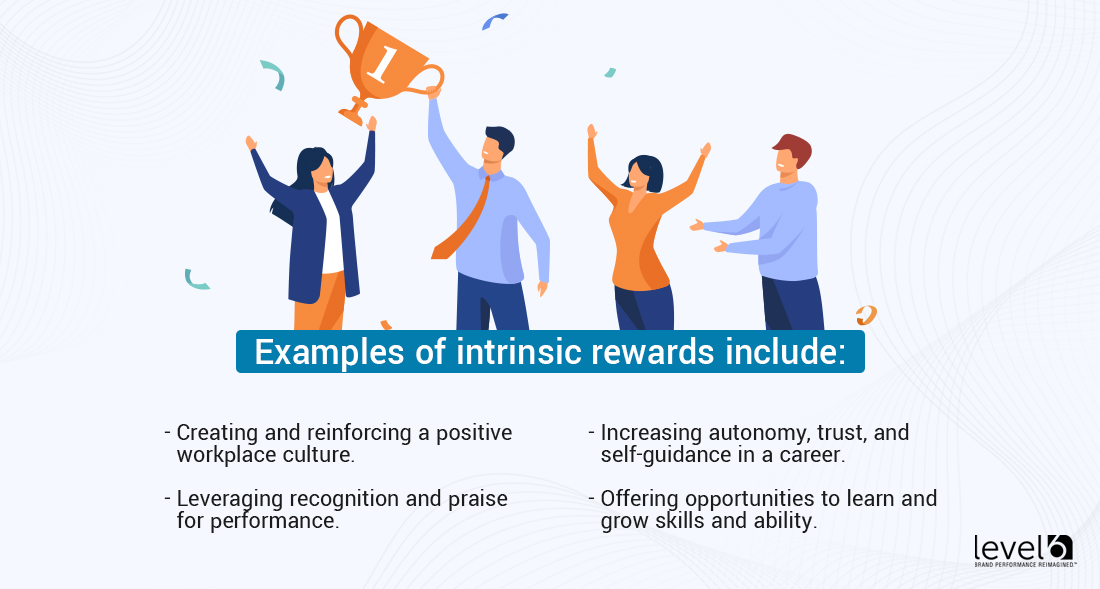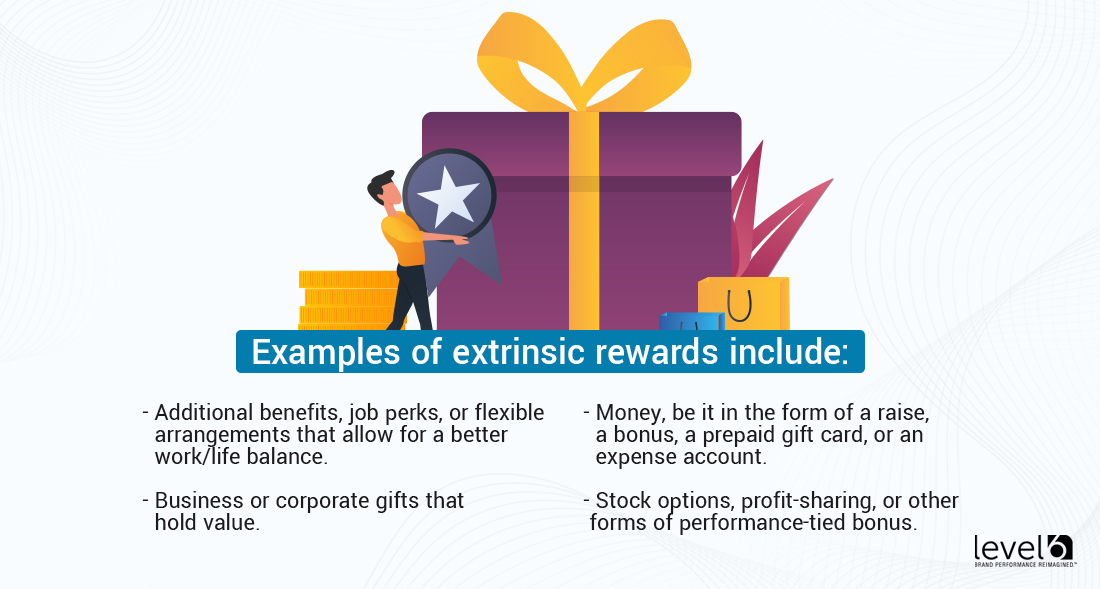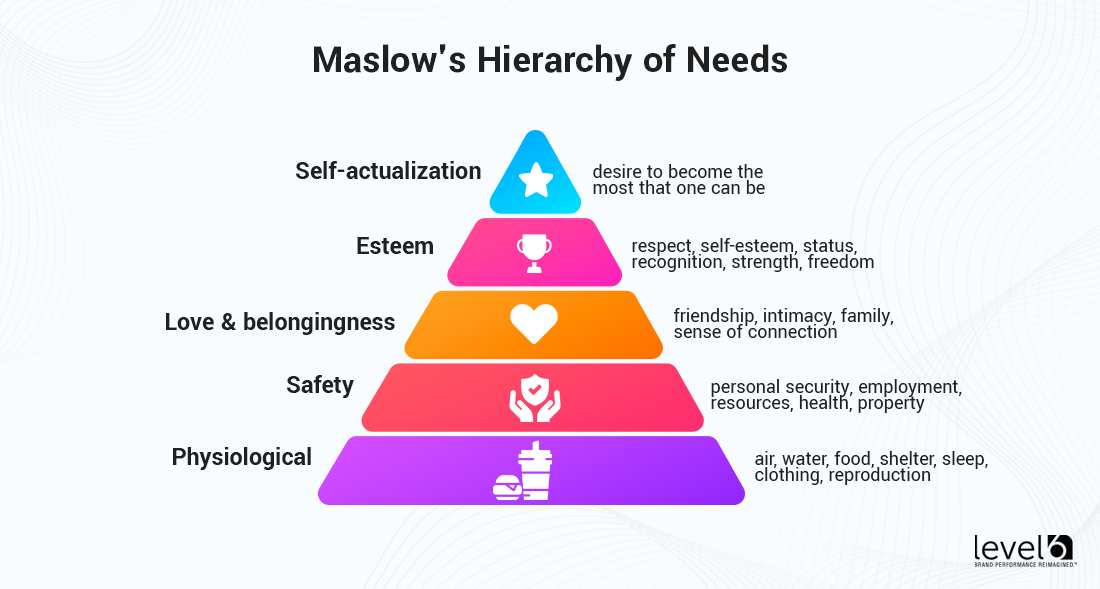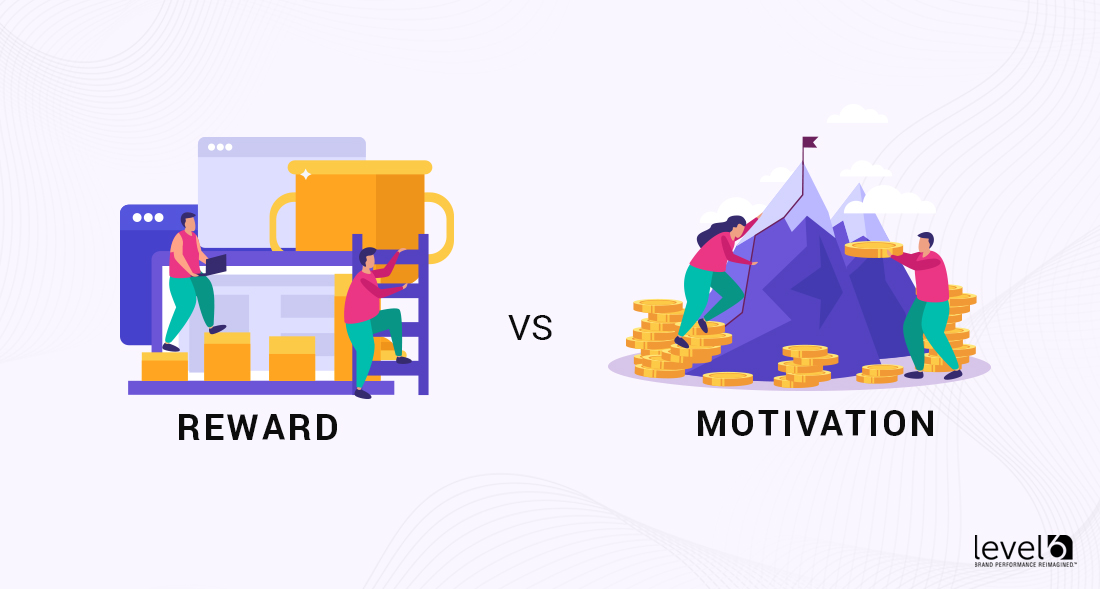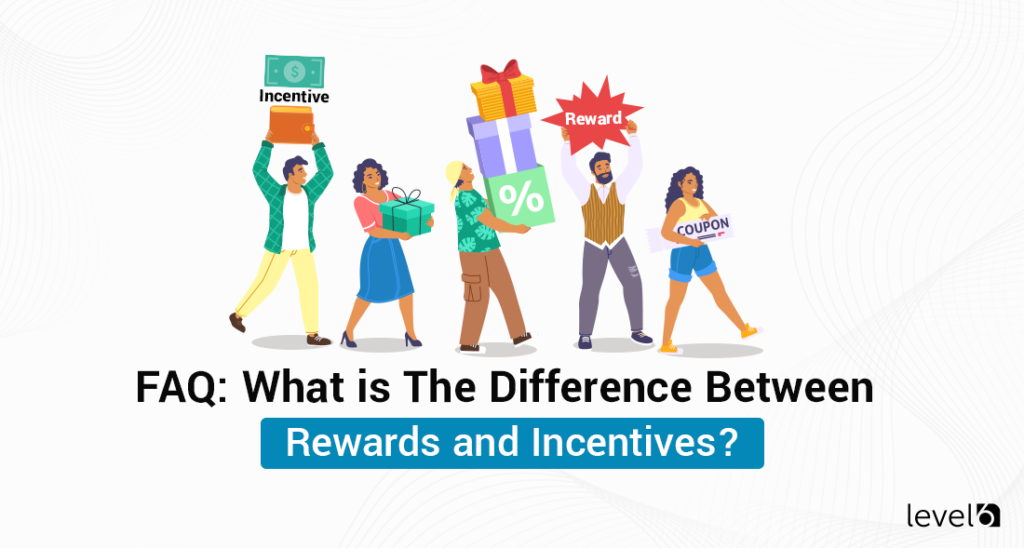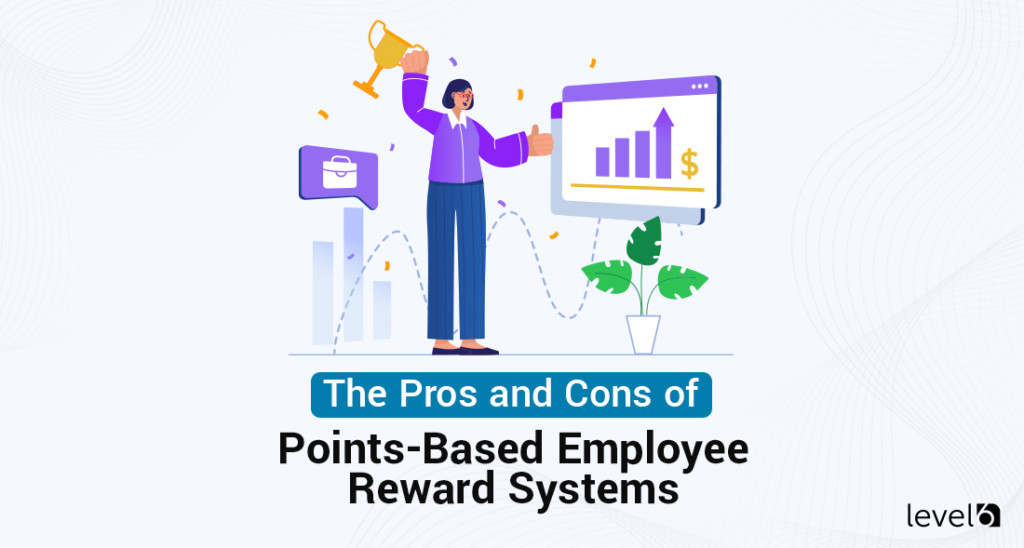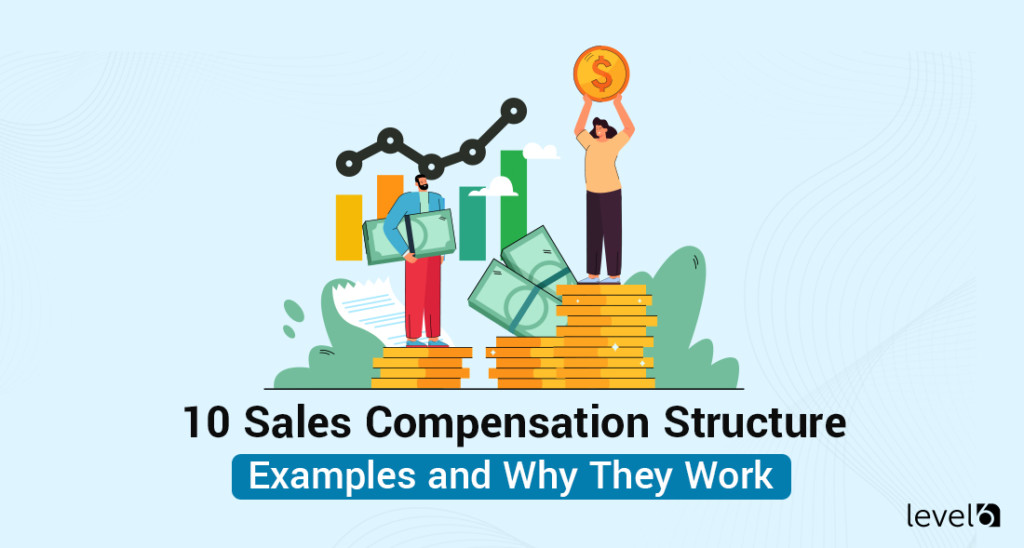Intrinsic vs Extrinsic Employee Rewards: What’s The Difference?
Every business needs motivated employees. Motivation, morale, and excitement make the difference between a successful company and a company that languishes in lost potential.
The trouble is, it’s challenging to motivate a team. Each employee has different goals, desires, and biases that they respond to as motivation. Where one employee may be more than happy to go the extra mile for the love of the game, another might only respond to financial rewards, and many fall somewhere in between.
It’s always possible to motivate your employees with incentives. You need to uncover what incentives will work best, which means understanding the differences between different types of incentives.
The problem is that employee incentives are also one of the most complicated factors to get right. It’s challenging to make sure that your employees are enjoying what they do, working hard at it, and performing well without ensuring that their primary motivators are intrinsic rather than extrinsic.
Yet, managers often don’t know the difference between intrinsic and extrinsic employee rewards. This article discusses the difference between these two types of motivators and helps you apply this knowledge to your own business.
So, what are they, and how can you use them for your organization?
Let’s get started!
What Are Intrinsic Rewards?
Intrinsic rewards are rewards that come from within.
Have you ever had an employee who doesn’t care about money, time off, or the other typical rewards you might offer? These employees are often motivated only when a project catches their eye; they get to work with someone they enjoy spending time with or are motivated when they get to deepen their knowledge of a particular subject. They want the challenge of a project, and if something bores them, they won’t put in more than the minimum amount of effort.
Looking to learn more about an incentive, rebate
or reward program for your business?
Curious about costs?
Try our instant pricing calculator:
These are employees who are motivated by intrinsic rewards. They’re motivated not by money or external rewards but by morality, fulfillment, ethical contribution to society, and growth of their knowledge.
Intrinsic rewards center around the self, the community, and participation in society. They are rewards with an underlying root of service and growth to oneself or one’s community.
Examples of intrinsic rewards include:
- Offering opportunities to learn and grow skills and abilities.
- Creating and reinforcing a positive workplace culture.
- Leveraging recognition and praise for their performance.
- Increasing autonomy, trust, and self-guidance in a career.
Intrinsic rewards are generally intangible, though they may have tangible repercussions. For example, offering training in a new skill is itself a reward; the ability to earn a certification may be valuable and career-progressing, but the skill itself is the reward to the intrinsically-motivated individual.
Typically, your intrinsic rewards will need significant investment in company culture. Building a culture of recognition can be hugely beneficial but takes time and can require a shift in attitude. If your company’s management style typically focuses on hands-on management and direct guidance, it can be challenging to shift to a model that rewards talented employees with more autonomy.
On the plus side, the chance to offer job training and career advancement is easy and satisfies both intrinsic and extrinsic reward conditions. Investing in your employees’ progression of skill and ability is a win/win in every possible light.
Intrinsic rewards are highly dependent on your company culture and employees, and developing those rewards will take time. In particular, many intrinsic rewards are insincere or “cheesy,” especially when people who aren’t used to giving or receiving intrinsic rewards are involved. Over time, however, it will settle in and be more tangibly beneficial.
What Are Extrinsic Rewards?
Extrinsic rewards are rewards from an external source.
Where intrinsic motivation comes from self-fulfillment, extrinsic rewards come from external reinforcement. While the source is typically management, it can also be upper management or leadership, third-party authorities, industry authorities, or similar sources.
The key to extrinsic rewards is that they are typically more tangible. They may or may not be purely financial, though they often tie back to financial rewards somehow.
Employees motivated by extrinsic rewards are generally focused on money, status, power, and personal benefit – this does not make them greedy. A desire for extrinsic reward is often tied to a desire for personal stability and fulfillment, just differently from those who seek intrinsic rewards.
Examples of extrinsic rewards include:
- Additional benefits, job perks, or flexible arrangements allow for a better work/life balance.
- Business or corporate gifts that hold value.
- Money, be it in the form of a raise, a bonus, a prepaid gift card, or an expense account.
- Stock options, profit-sharing, or other forms of performance-tied bonus.
Where intrinsic rewards often stem from internal feelings of satisfaction, extrinsic rewards are more commonly external reinforcement of position, status, or role. For example, promotions, certifications, benefits; anything that cements the individual as a high-performer and authority is an extrinsic reward. These essential lifestyle changes can go a long way with some of your team members.
Extrinsic rewards are the easiest to conceptualize – they’re just money in various forms – so the key is providing ways for that value to go above and beyond the value of money.
For example, which is better: offering a $3/hour raise or partial work-from-home? The answer may depend on the employee, but many will find that the flexibility of being able to skip their commute, spend time handling household chores in between work tasks, or spending time with their family is more valuable than the money would be.
Other benefits can be significantly more valuable to your employees than their dollar value might imply. A comprehensive healthcare plan matched contributions to a pension or 401(k) or the ability to write off or deduct expenses for commuting can be more valuable than an equivalent amount of money directly in a paycheck.
These benefits can work both ways. Some forms of extrinsic rewards are worth less than their dollar value might imply, depending on the situation. For example, a company car might not be valuable to an employee who doesn’t feel rewarded by your company culture and doesn’t want to feel like they’re advertising for you anywhere they go. Similarly, branded “swag” may not be helpful to your employees and may end up just feeling like clutter or junk, even though there’s money put into creating it.
How Do I Shift Reward Preferences?
Some portion of an employee’s preferential reward comes from inherent desires. Some people are more motivated by tangible and financial incentives, while others are more motivated by satisfaction and participation in society. At the core of an individual, this kernel typically does not change without significant influence.
However, a big part of what motivates a person comes from their status, lifestyle, and point in their lives. Someone who lives paycheck-to-paycheck, even if they prefer intrinsic rewards, may tend to be more motivated by extrinsic rewards simply because it’s at the forefront of their minds and a key stressor.
In other words, someone who doesn’t have very much money will seek out financial security before they seek emotional fulfillment. It all comes back to the hierarchy of needs; if an employee is at risk of not having shelter or food, they aren’t in a position to be concerned with self-actualization or even emotional fulfillment.
Offering even a generous one-time financial bonus can be a tangible incentive. Still, at the same time, it can draw attention to how sub-par compensation is without it (for example, if adding that bonus puts the employee on par with the base salary of others in their industry). This phenomenon can potentially reduce motivation with severely underpaid staff, as the employees now recognize that you can provide that incentive level but are holding back. This example is also why extrinsic rewards work for some situations and not others.
The phrase “money can’t buy happiness” comes to mind. Indeed, money can’t directly buy happiness. But, money can facilitate the pursuit of happiness. A lack of financial freedom suppresses well-being. Extrinsic rewards are just that: rewards. They are not a substitute for what should be a baseline level of compensation.
Generally, everyone will be motivated by extrinsic rewards if they can add stability and confidence to their lifestyle. After a certain point, they will begin to seek self-actualization, and their desire for rewards will shift to more intrinsic interests.
What’s The Difference Between Reward and Motivation?
Though the two terms are often used interchangeably and influence each other, rewards and motivation are different. Motivation also comes in both intrinsic and extrinsic forms, but you can think of it as more foundational than rewards.
Specifically, intrinsic motivation needs to come from within and is not affected by external factors, including rewards. An individual with intrinsic motivation will be motivated regardless of their company rewards.
Extrinsic motivation, meanwhile, is the motivation that comes from external sources. Both intrinsic and extrinsic rewards are external sources of motivation; thus, both forms of reward are extrinsic motivators.
Keep this in mind when considering motivation in your employees, particularly in terms of hiring and pre-hire assessments. Intrinsic motivation is inherent to an individual, and while it can be influenced, the influence comes down to culture and personal lifestyle shifts, not external forces.
You may find yourself in a situation where extrinsic motivation needs to replace a lack of intrinsic motivation, which can dampen productivity.
How Do I Leverage Different Types of Rewards?
Using rewards requires understanding your employees and their desires. Once again, consider the hierarchy of needs.
Are the basic needs of your employees being met?
If they struggle to pay rent, support childcare costs, or even lack time to sleep, the most effective rewards for your employees will likely be extrinsic. The best thing you can do for them is to increase their base compensation until they can reach a point where they are, at minimum, stable in an average lifestyle.
What is an average lifestyle? That varies. If your business is based in Los Angeles or New York City, you will have a very different compensation scale than if you’re based in Kansas or Iowa.
Basic needs should not be considered rewards; they should be the baseline for compensation your company offers. After all, if your employees need to struggle to make ends meet, they won’t have the emotional or psychological capacity to focus their energy on working for you.
Once the basic needs are met, you will begin to see the differentiation between different groups of employees. Some will prefer to gain more money, status, and tangible rewards. They want funded retirement accounts, company cars, bonuses, paid vacations, and other concrete, extrinsic rewards. Offering them an employee of the month certificate or lunch with the CEO will not be valuable to them.
Other employees will grow restless. They’ll find that further financial compensation doesn’t do it for them; they do not need extra money, don’t care about a company car, and have as much in a retirement account as they feel they need. Instead, they will prefer recognition, culture, and fulfillment.
At that point, you will need to start developing customized rewards programs. There will never be a one-size-fits-all solution for every company, not to mention each employee.
The best solution is to link intrinsic and extrinsic rewards; couple them together. For example:
- A financial benefit can accompany a recognition certificate; those who want one or the other get it without deciding between them.
- Both increased self-fulfillment and increased compensation can accompany a promotion.
- The ability to pursue additional job training helps those who can leverage a certification for monetary compensation and those who want to learn a new skill or advance their knowledge.
The intrinsic rewards you provide will have to be completely customized to your business, location, and culture. Sometimes, they may require investment in new processes and habits, such as building a culture of recognition throughout your organization.
Extrinsic rewards are comparatively easier to develop and manage. It’s easy; contact us to create a custom solution for your company. We work successfully with a wide range of companies in automotive, consumer services, business services, education, and dozens of other industries. We have a 100% satisfaction rate among our clients. Reach out today, and we can help you get your incentive program up and running in short order.

Claudine is the Chief Relationship Officer at Level 6. She holds a master’s degree in industrial/organizational psychology. Her experience includes working as a certified conflict mediator for the United States Postal Service, a human performance analyst for Accenture, an Academic Dean, and a College Director. She is currently an adjunct Professor of Psychology at Southern New Hampshire University. With over 20 years of experience, she joined Level 6 to guide clients seeking effective ways to change behavior and, ultimately, their bottom line.
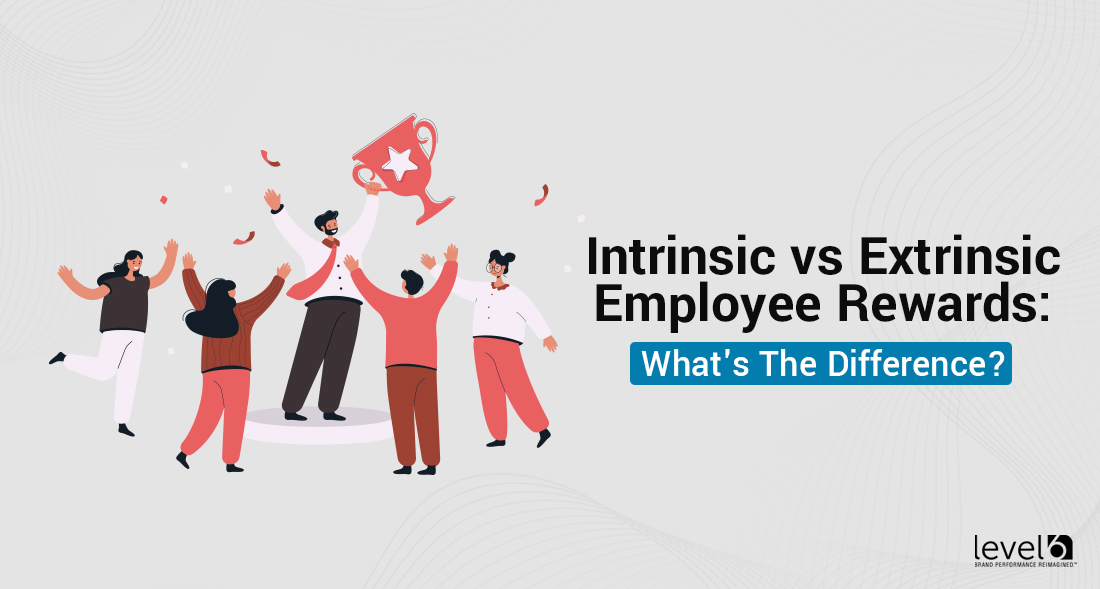
 Demo
Demo